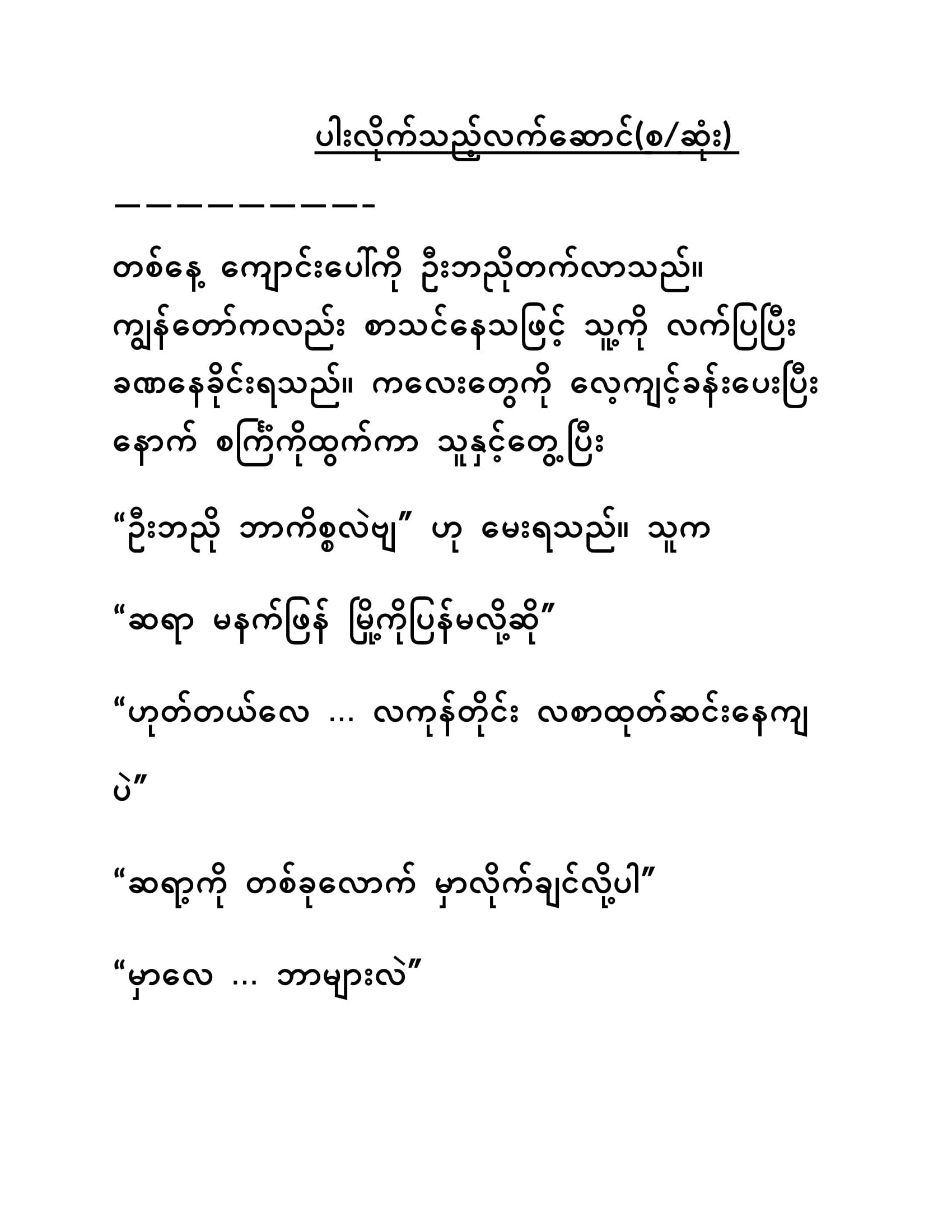
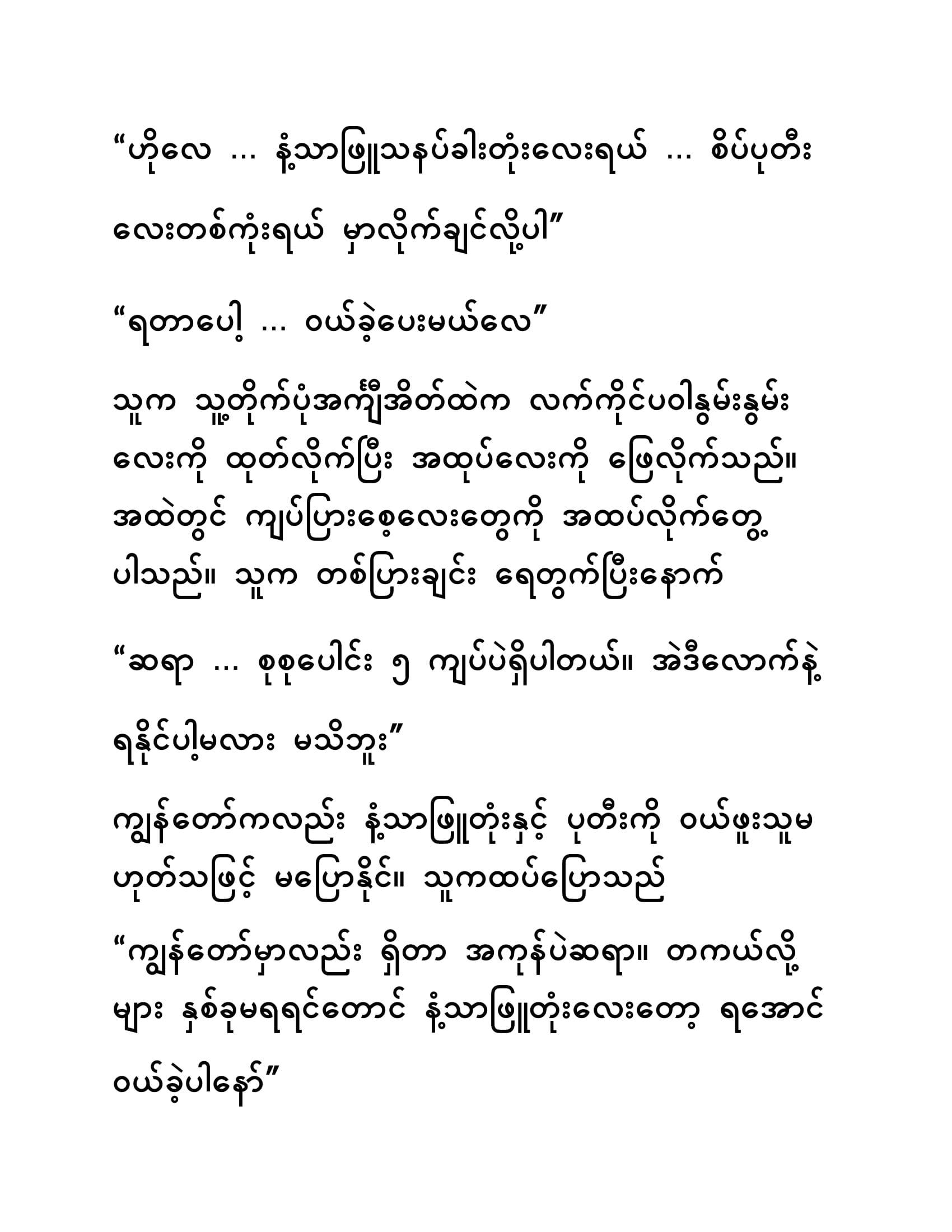
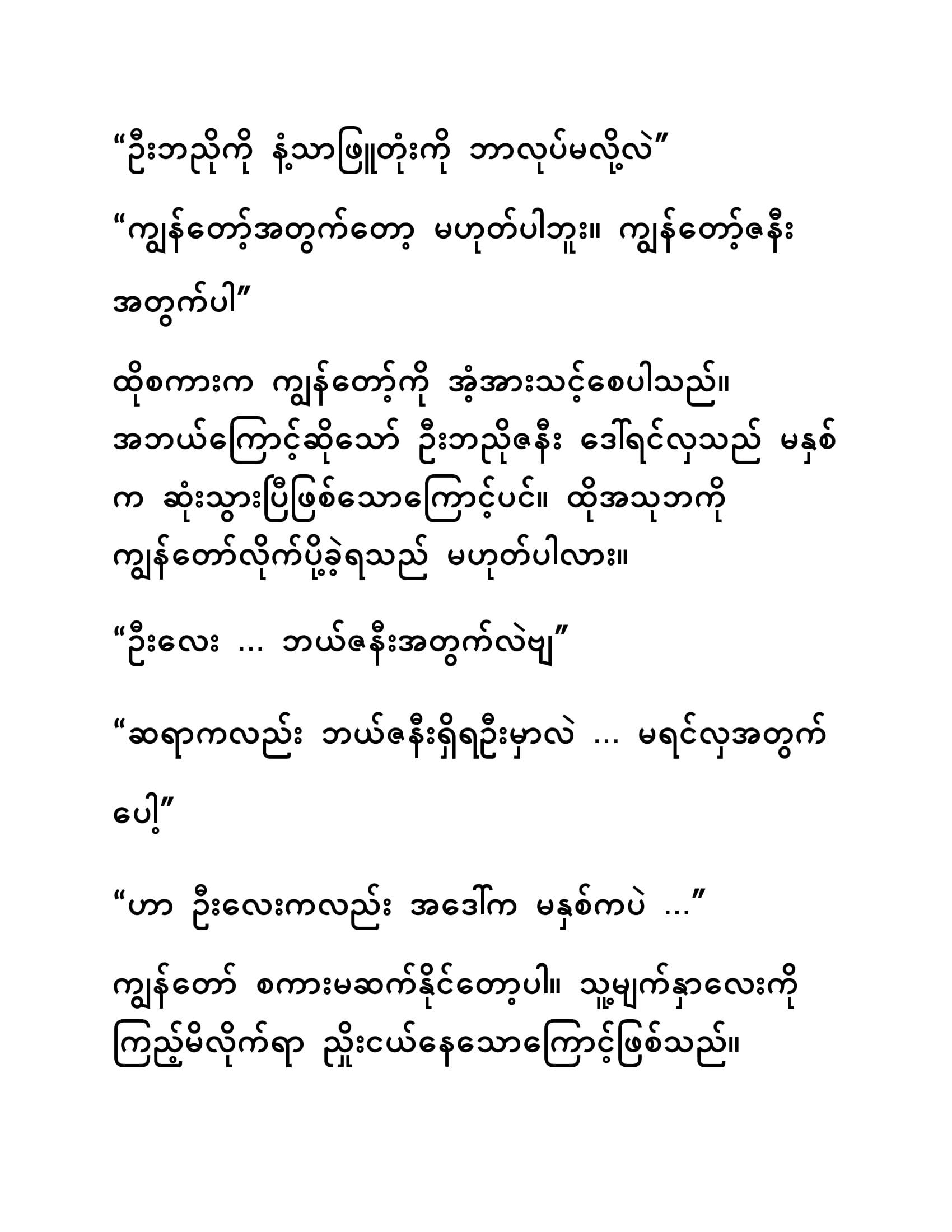
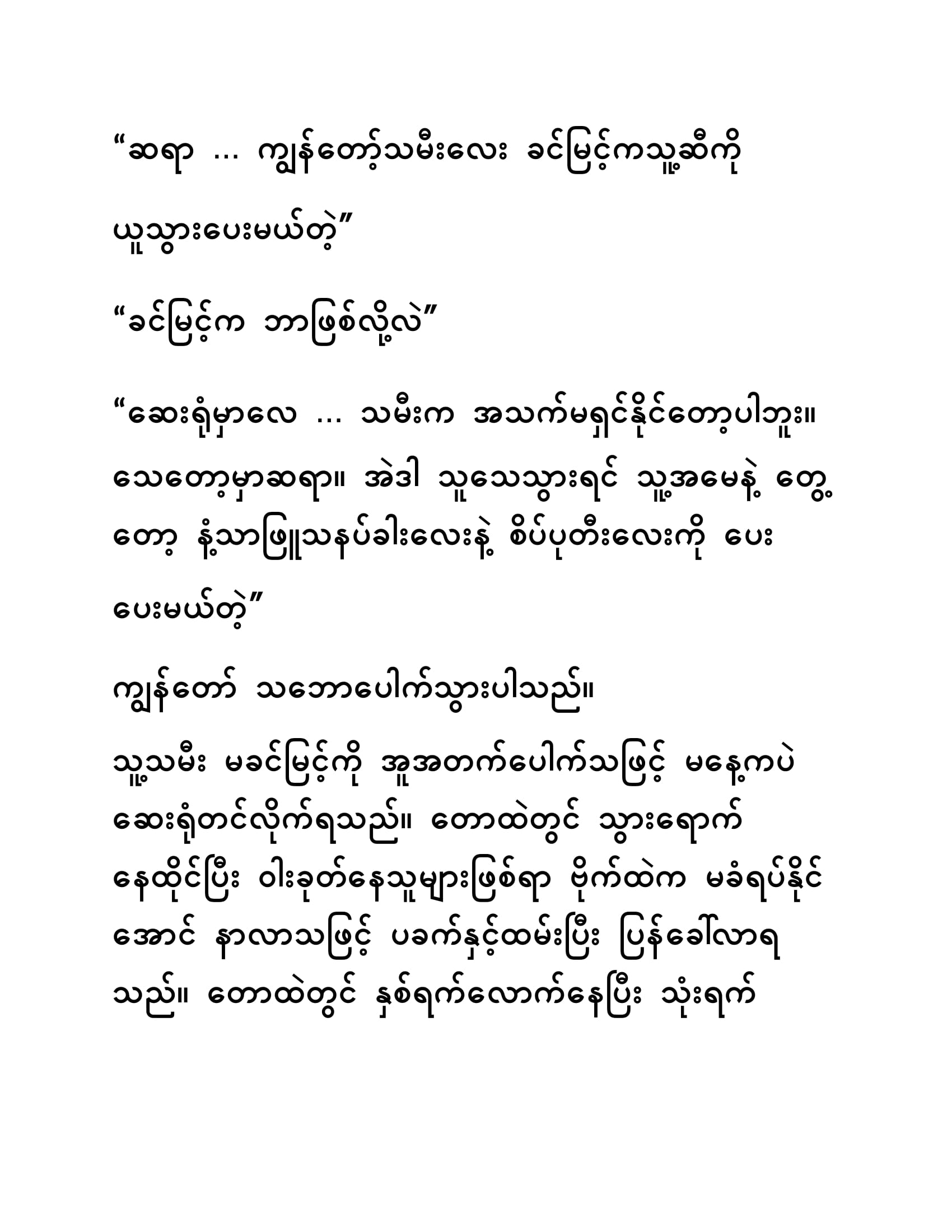
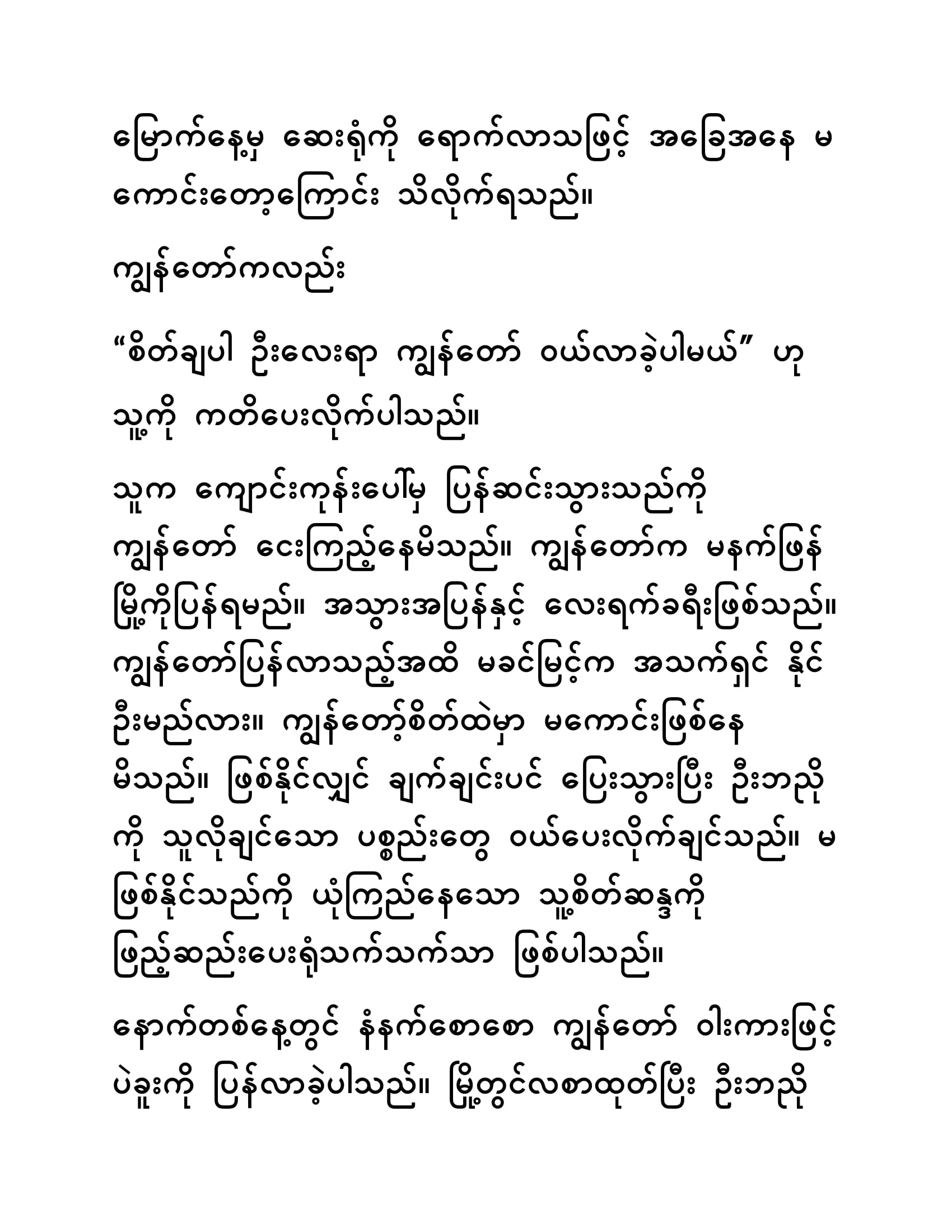
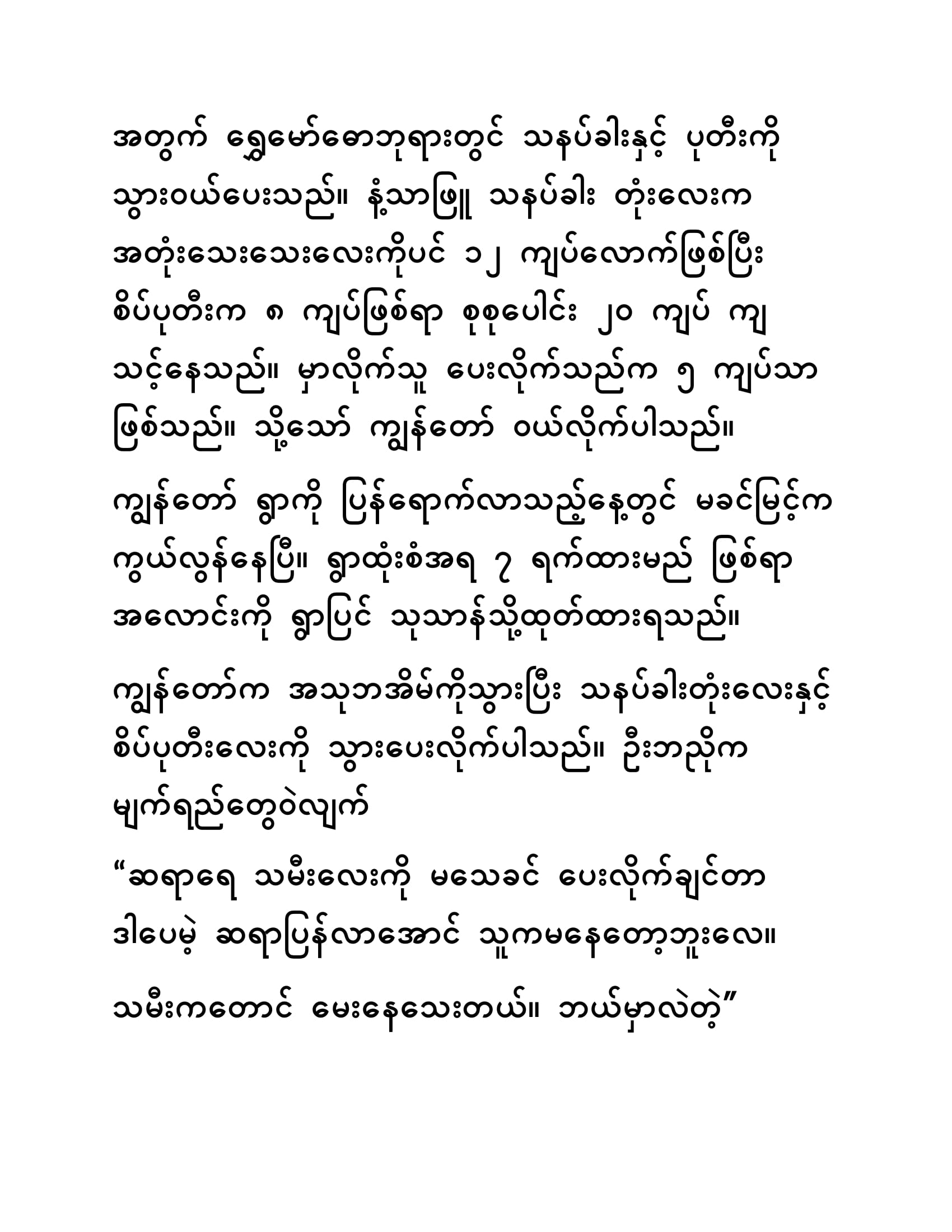
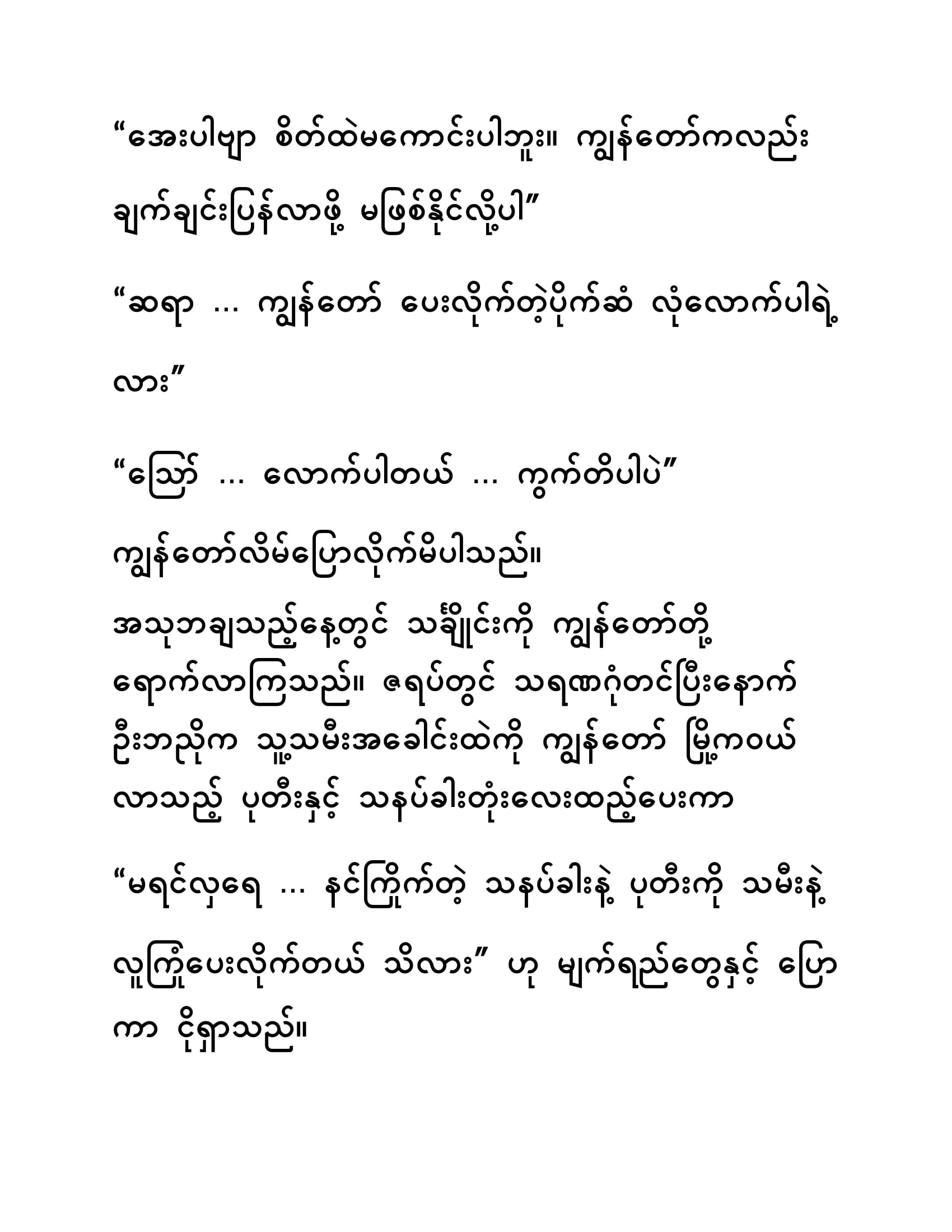
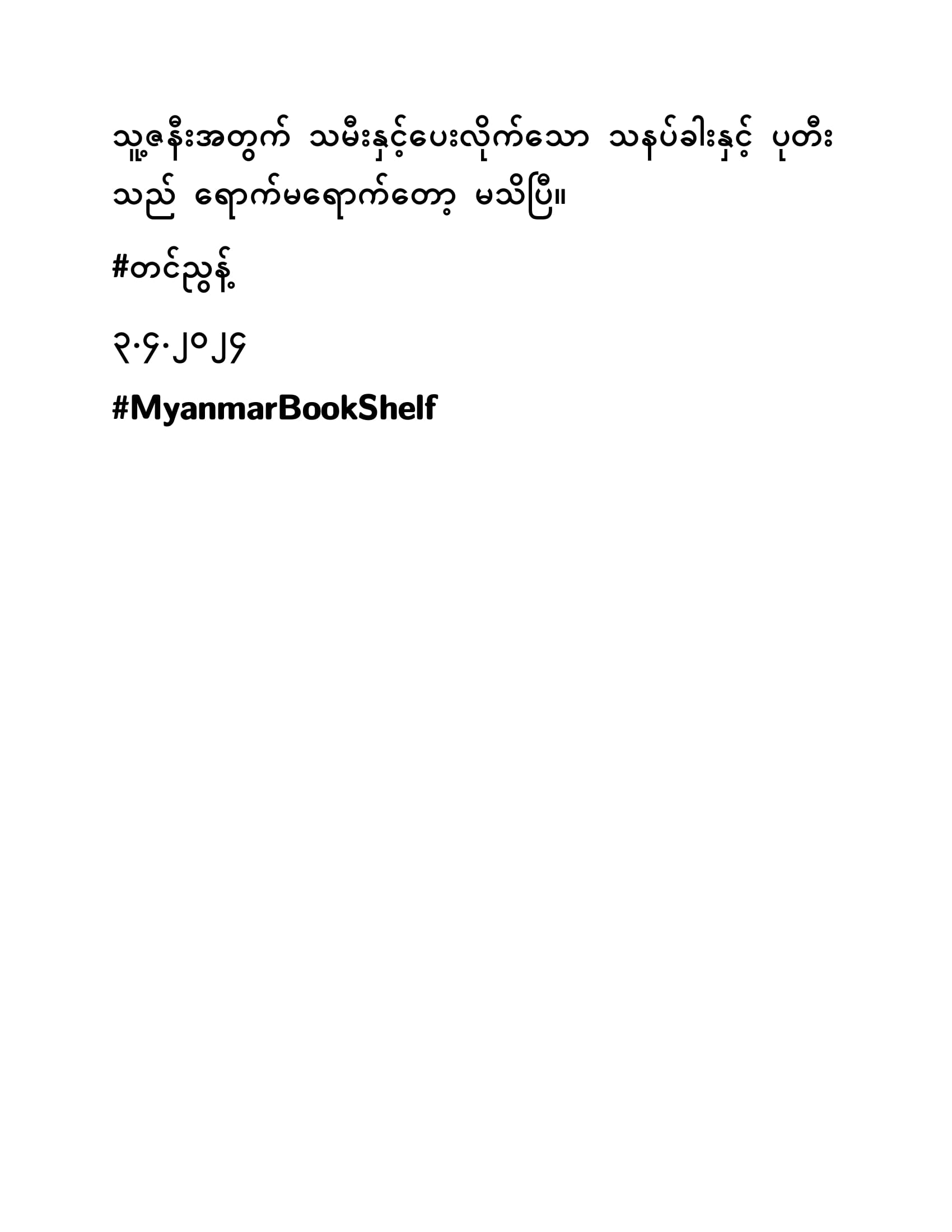 The search for the single “best” insurance guideline book is like hunting for a mythical creature—it simply doesn’t exist.
The search for the single “best” insurance guideline book is like hunting for a mythical creature—it simply doesn’t exist.Why? Because insurance is a massive, multi-faceted industry that relies on a complex mix of actuarial science, legal contracts, regulatory compliance, and human psychology (sales). No single book can be the definitive, ultimate authority across all those domains globally.
Instead of one “Bible,” the best approach is to build a core library of foundational texts that cover the essential pillars of the insurance world.
The Unofficial Insurance Curriculum: 4 Essential Pillars
If you want to understand what makes the insurance world tick, here are the four pillars of knowledge and the classic books that define them:
Pillar 1: The Technical Foundation (Risk & Theory)
This pillar is for understanding what insurance is and how it works at its core. These books are the bedrock for actuaries, underwriters, and risk managers.
- The Go-To Textbook: Principles of Risk Management and Insurance (George E. Rejda, Michael J. McNamara, et al.)
- This is the closest thing to a universal academic textbook for the industry. It comprehensively covers the fundamental principles: the Law of Large Numbers, indemnification, insurable interest, and the various techniques for treating risk (avoidance, retention, transfer). It’s the essential guide for students and professionals looking to understand the mechanics of property, liability, life, and health insurance.
- The Philosophical Companion: Against the Gods: The Remarkable Story of Risk (Peter L. Bernstein)
- While not strictly an insurance book, it is the definitive history of how humanity learned to understand risk, probability, and uncertainty. Insurance is, at its heart, a tool for managing risk, and this book provides the deep historical context necessary to appreciate the industry’s role in global commerce and civilization.
Pillar 2: The Regulatory and Contractual Core (The Law)
Every insurance contract is a legal document, and every company operates within a strict regulatory framework. The books here are often regional or specific to legal education, as insurance laws vary wildly by country.
- The Legal Standard: For legal and compliance professionals, the “best” resource is often a regularly updated jurisdictional handbook or the current policy forms (ISO, AAIS, etc.) relevant to their market (e.g., US, UK, EU).
- Why a book doesn’t work: The principles are static, but the rules change every year, making a dynamic, online resource or annual compendium more valuable than a static book.
Pillar 3: The Behavioral Science (Sales & Trust)
Insurance is ultimately sold by people to people. This pillar focuses on the soft skills—the psychology of trust, persuasion, and building a sustainable business.
- The Psychology Classic: Influence: The Psychology of Persuasion (Robert B. Cialdini)
- A must-read for any salesperson. It distills the science behind why people say “yes” into six universal principles (Reciprocity, Commitment/Consistency, Social Proof, Authority, Liking, Scarcity). Mastering these principles is crucial for agents who must earn trust before they can sell a financial promise.
- The Relationship Guide: How to Win Friends and Influence People (Dale Carnegie)
- This timeless book on human relations is the foundation for building the trust and long-term relationships necessary in a low-trust industry like insurance. The best agents aren’t just salespeople; they are trusted advisors.
Pillar 4: The Future Disruption (Technology & Innovation)
The industry is rapidly changing due to Big Data and AI. The “best” guidelines must now include a vision for the future.
- The Modern Guide: The InsurTech Book (Various Contributors)
- This volume, and others like it, explores how InsurTech (insurance technology) is overhauling everything from underwriting and claims processing to customer engagement using AI, blockchain, and smart contracts. It’s the essential guideline for staying competitive in the digital age.
Conclusion: Your Personal Guideline Book
The truly “best” guide book is not a single volume, but the knowledge and habits you internalize from these four pillars.
Start with a foundational textbook (Pillar 1) to understand the mechanics, then read the behavioral classics (Pillar 3) to learn how to connect with people. Continuously monitor legal/regulatory changes (Pillar 2) and read about InsurTech (Pillar 4) to stay ahead of the curve.
This comprehensive, four-dimensional approach is the only way to master the global insurance landscape.